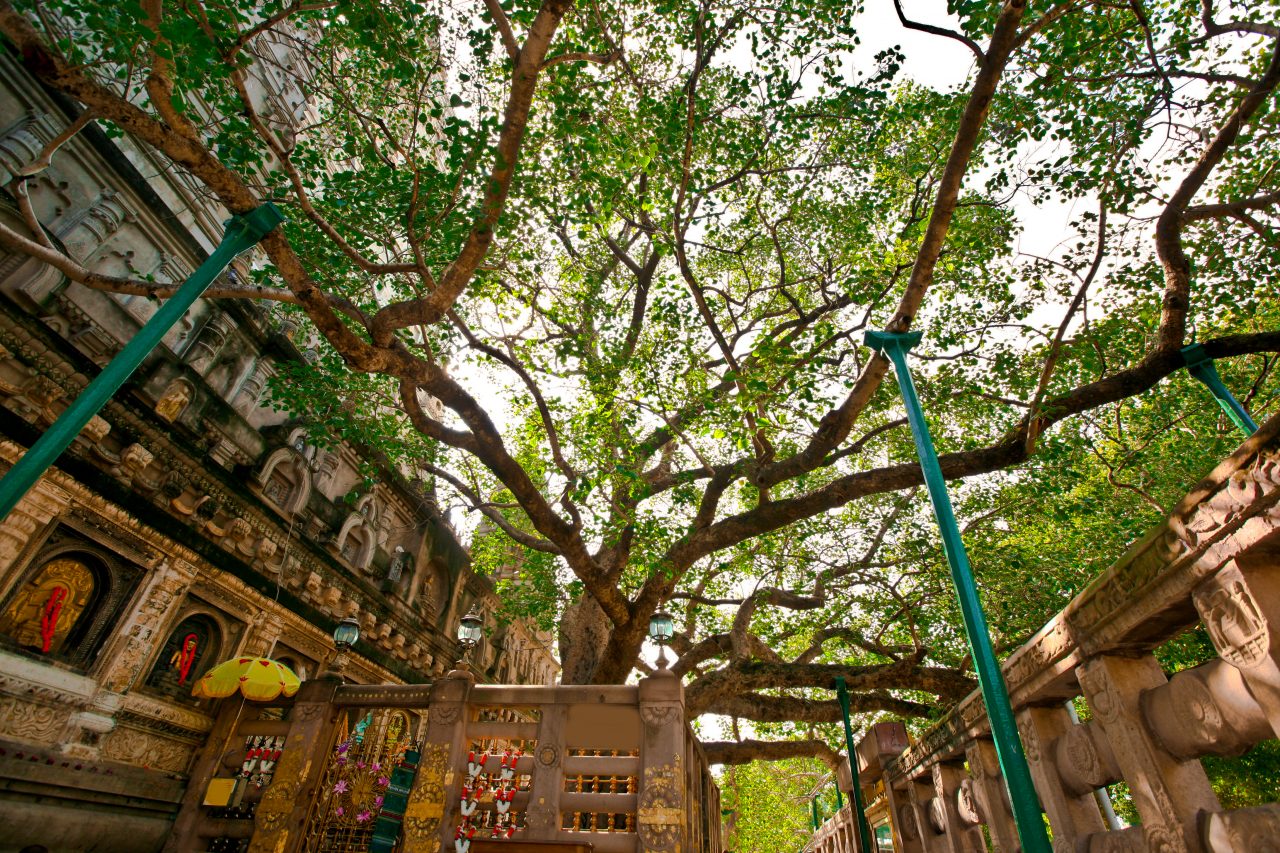Celebrations all year round!
People have the need to have events, gatherings and parties to celebrate life’s many phases. Celebrations take place all across the globe, and there are completely different traditions in different parts of the world. There are also big differences between the Nordic countries. Each month has its milestones and celebrations somewhere in the world. Let’s take a closer look at some of the things that happen in October to December.
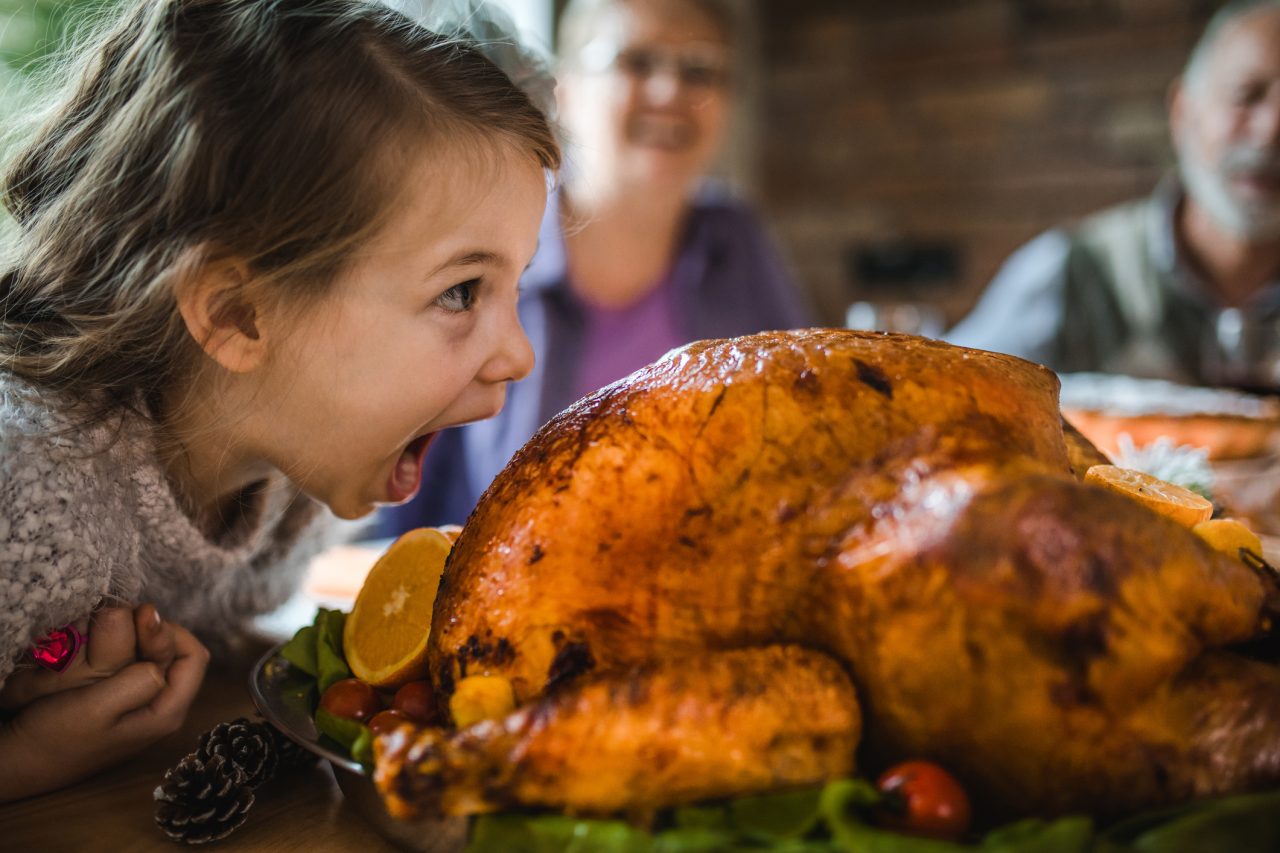
Ei jente prøver å ta et stort jafs av en helstekt kalkun.
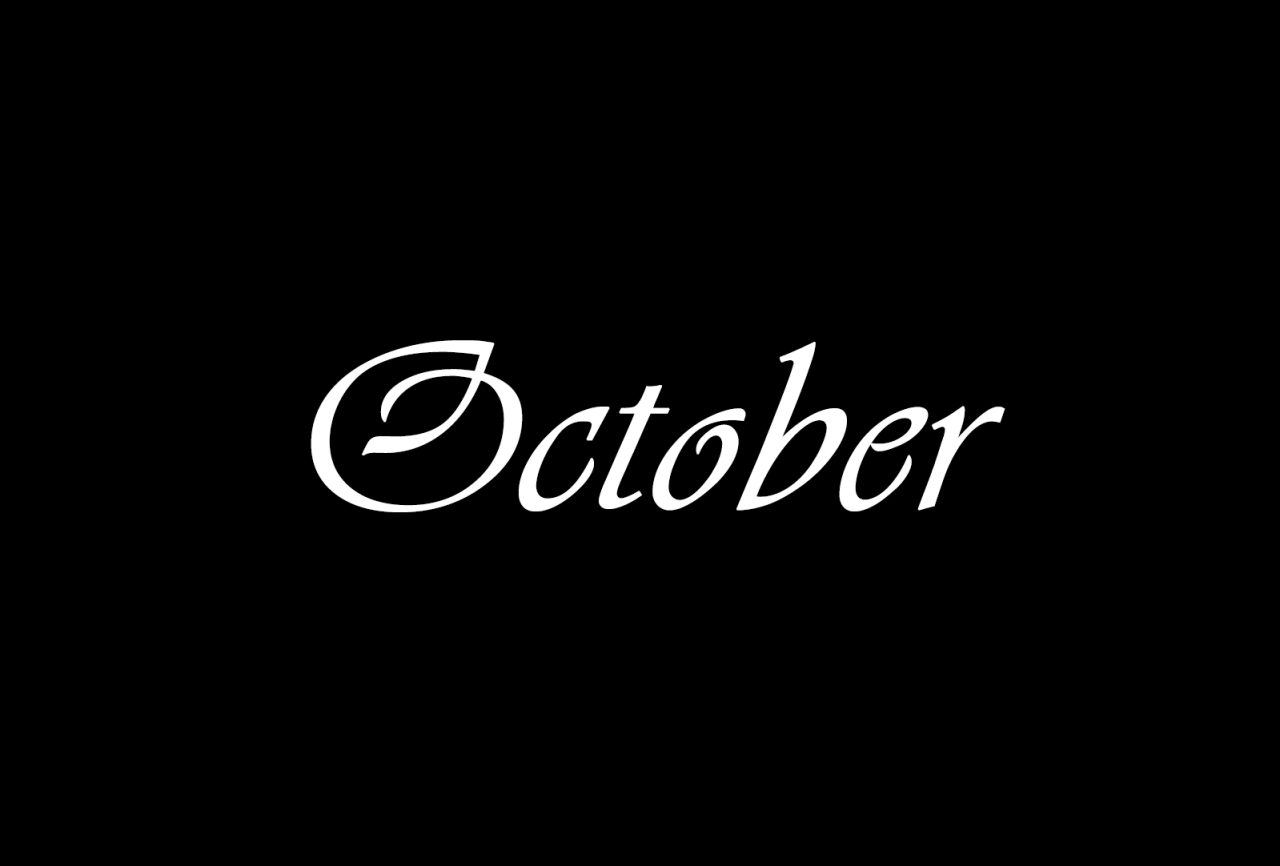
The month October written in white on a black background
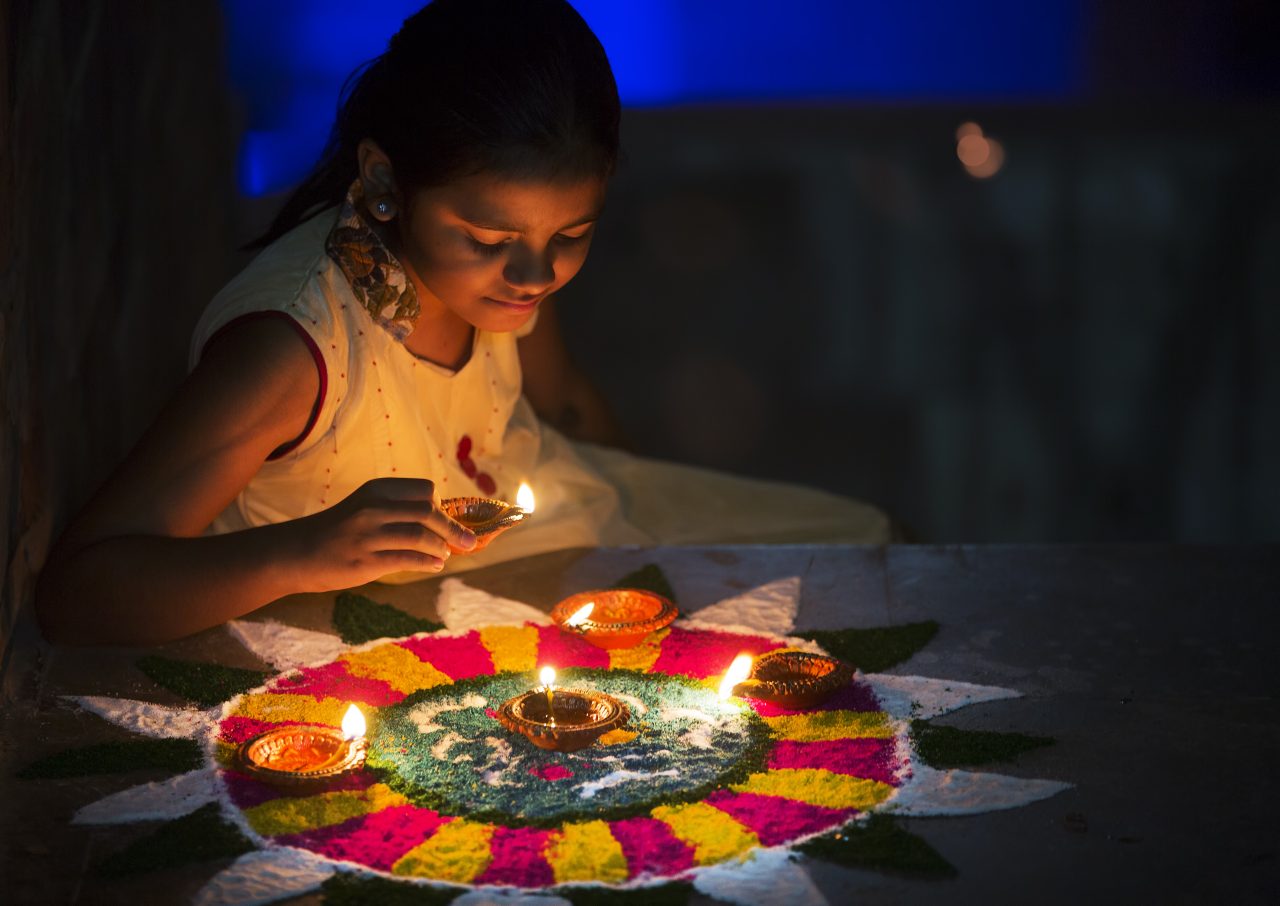
Ung jente tenner lys og lager en fargerik og sirkelformet dekorasjon for å feire Divali.
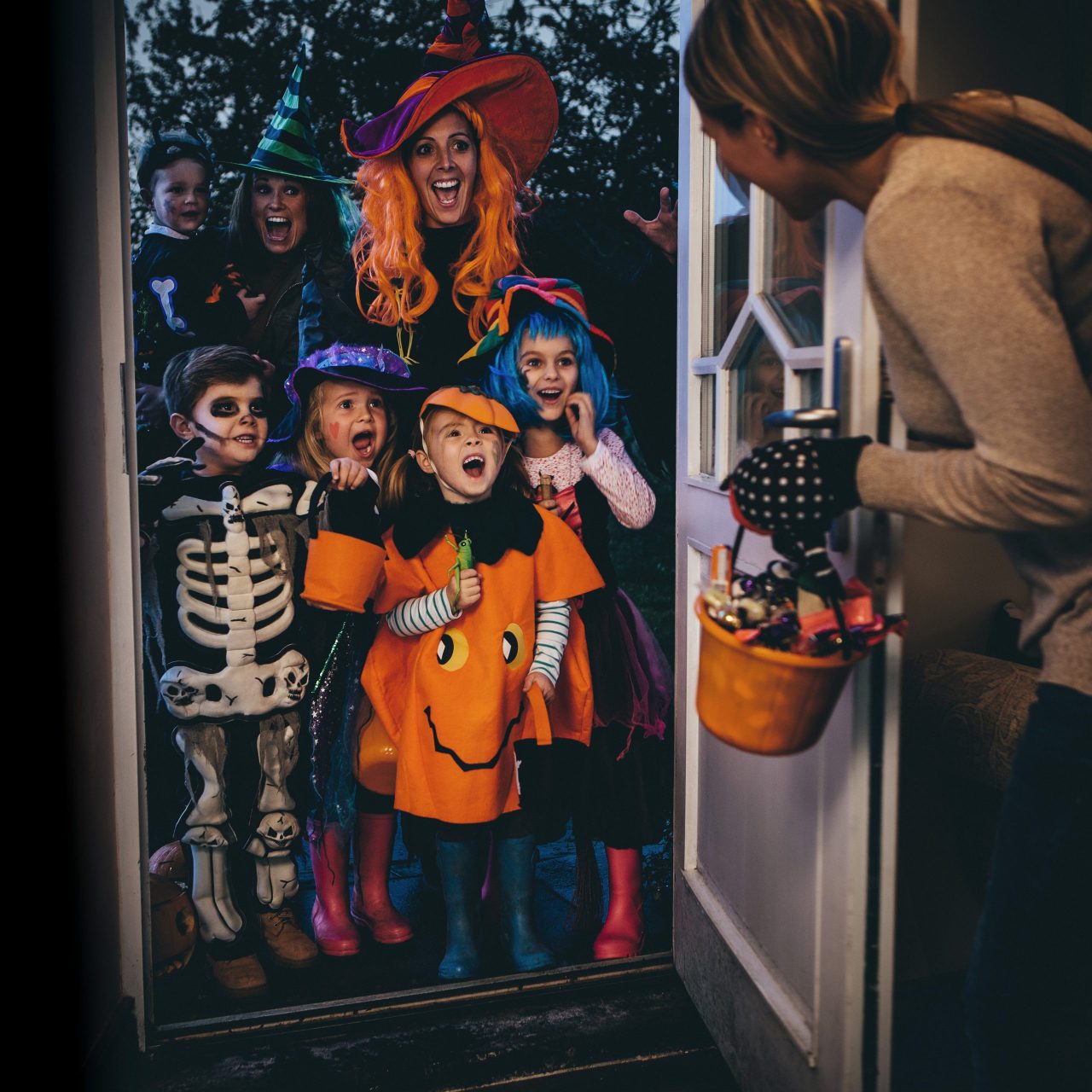
En dame åpner døra for en gjeng med barn og voksne som går knask eller knep på Halloween.
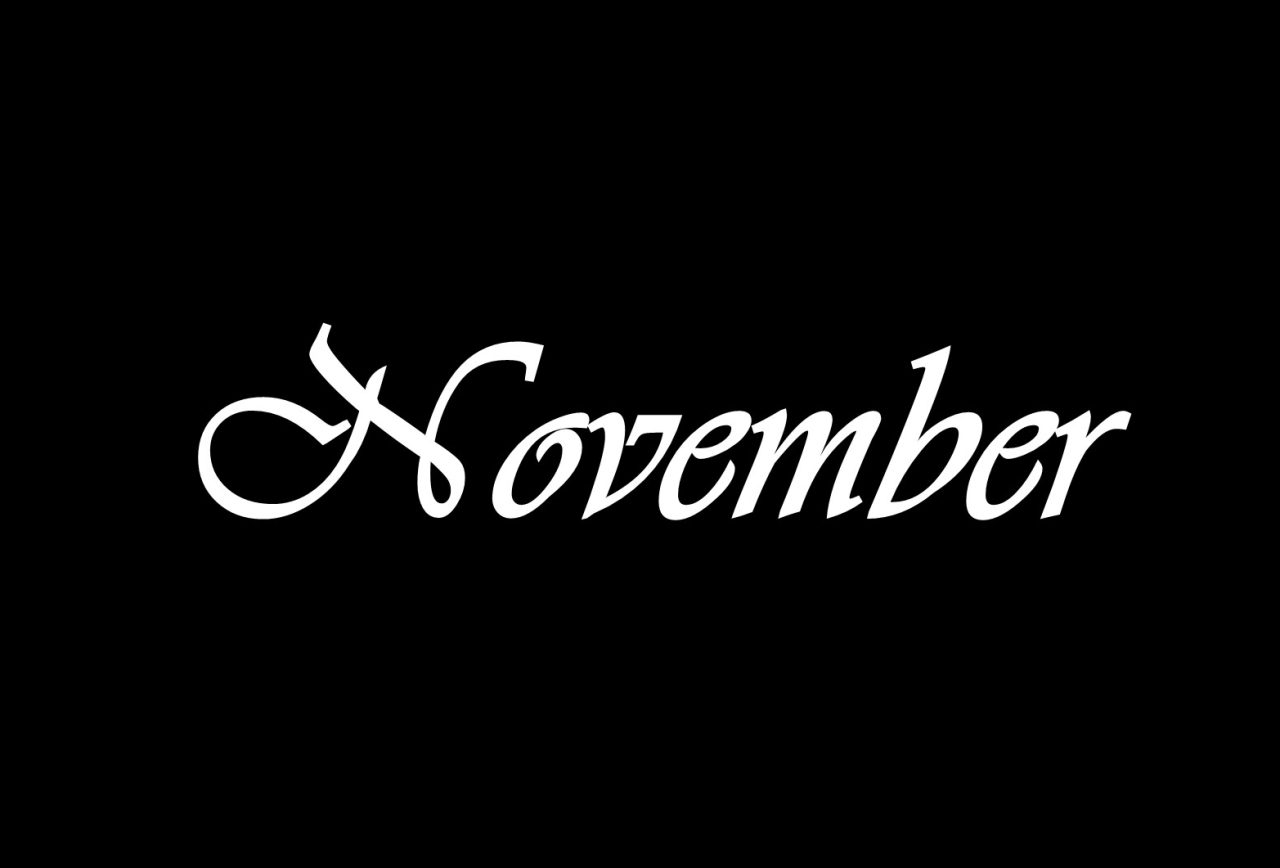
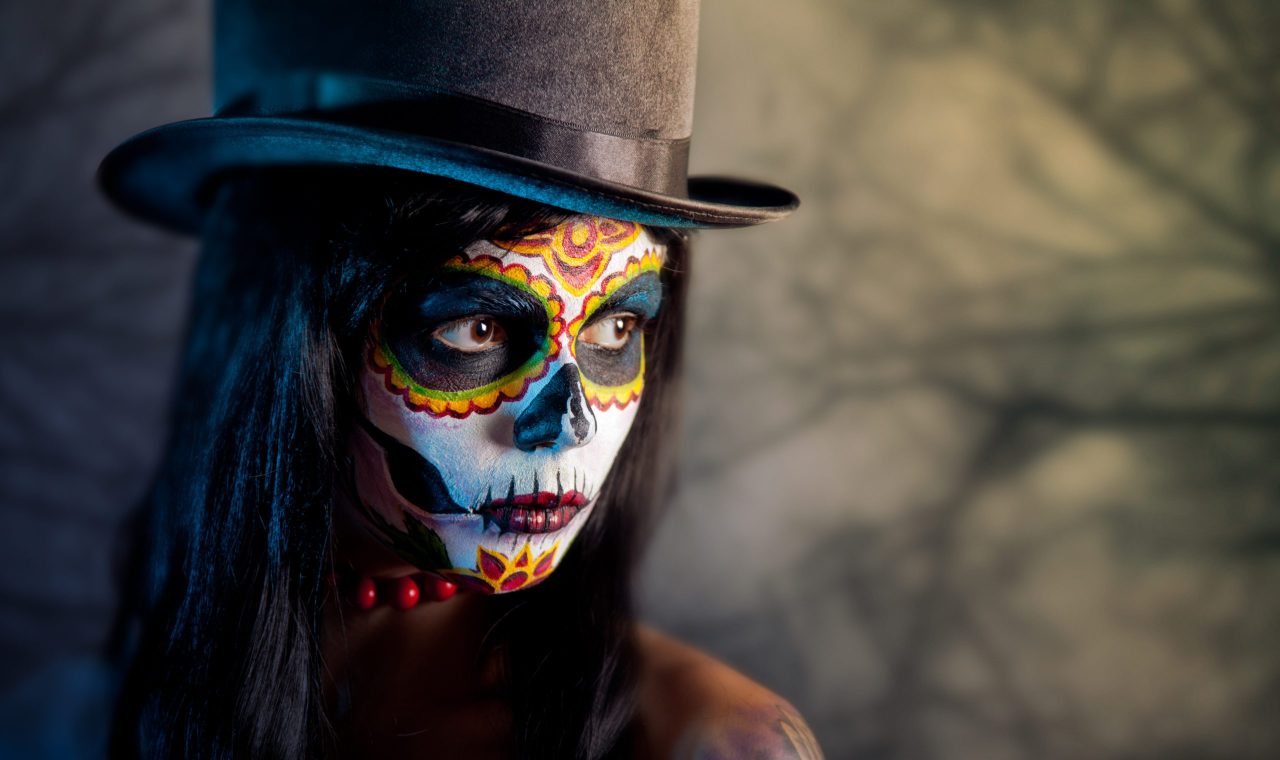
Jente med flosshatt og langt hår sminket som en fargerik hodeskalle.
Yi Peng Lantern Festival
The Yi Peng Lantern Festival is celebrated in Northern Thailand on the full moon of the twelfth month in the lunar calendar. The festival is based on Buddhist and Hindu traditions where candles are lit and placed in the entrances to people’s homes, in temples and in shops. It is common to decorate with coconut leaves and flowers. Glowing lanterns are thrown into the sky. The lanterns symbolise to let go of negative energy and that you wish the new year to bring happiness and luck. The festival also marks the transition from autumn to winter.
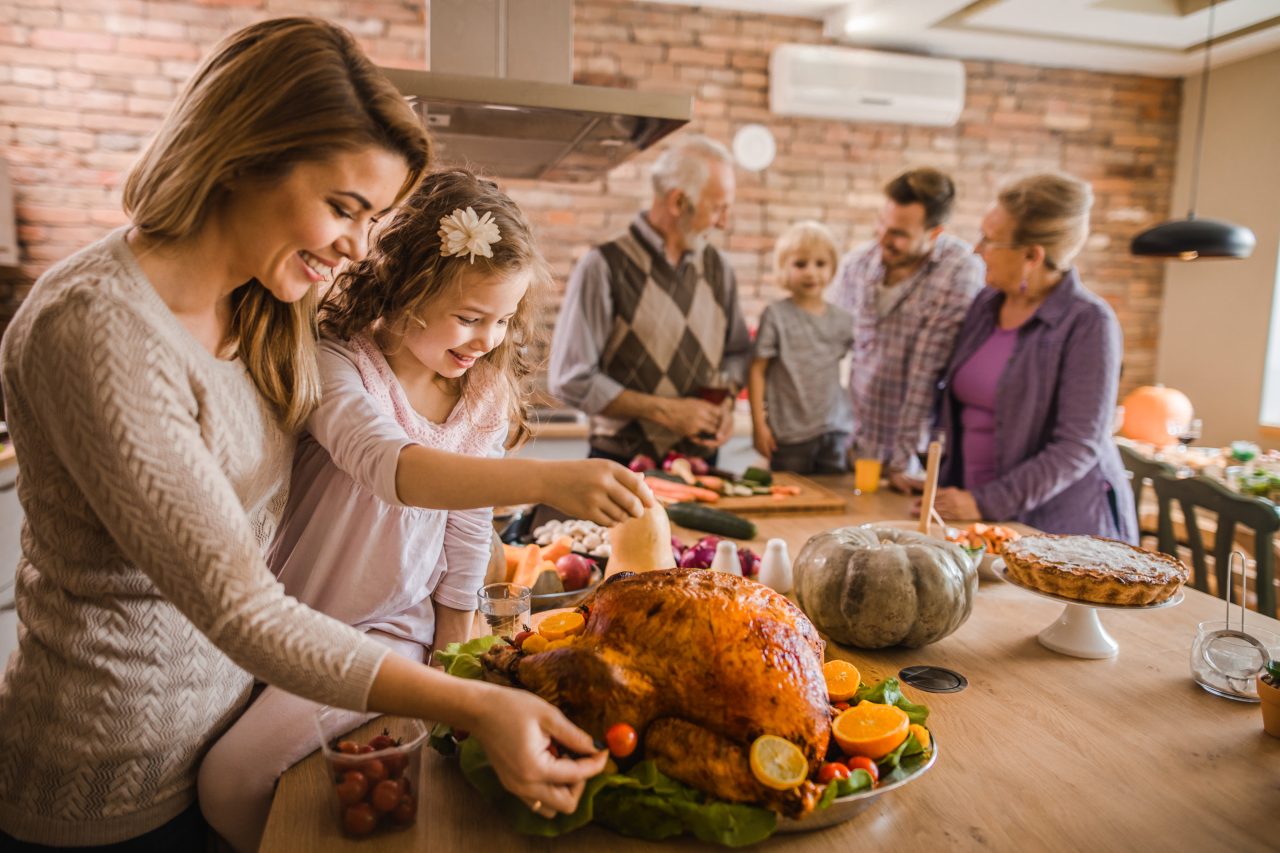
Mor og datter forbereder en kalkun til Thanksgiving-middag med familien.
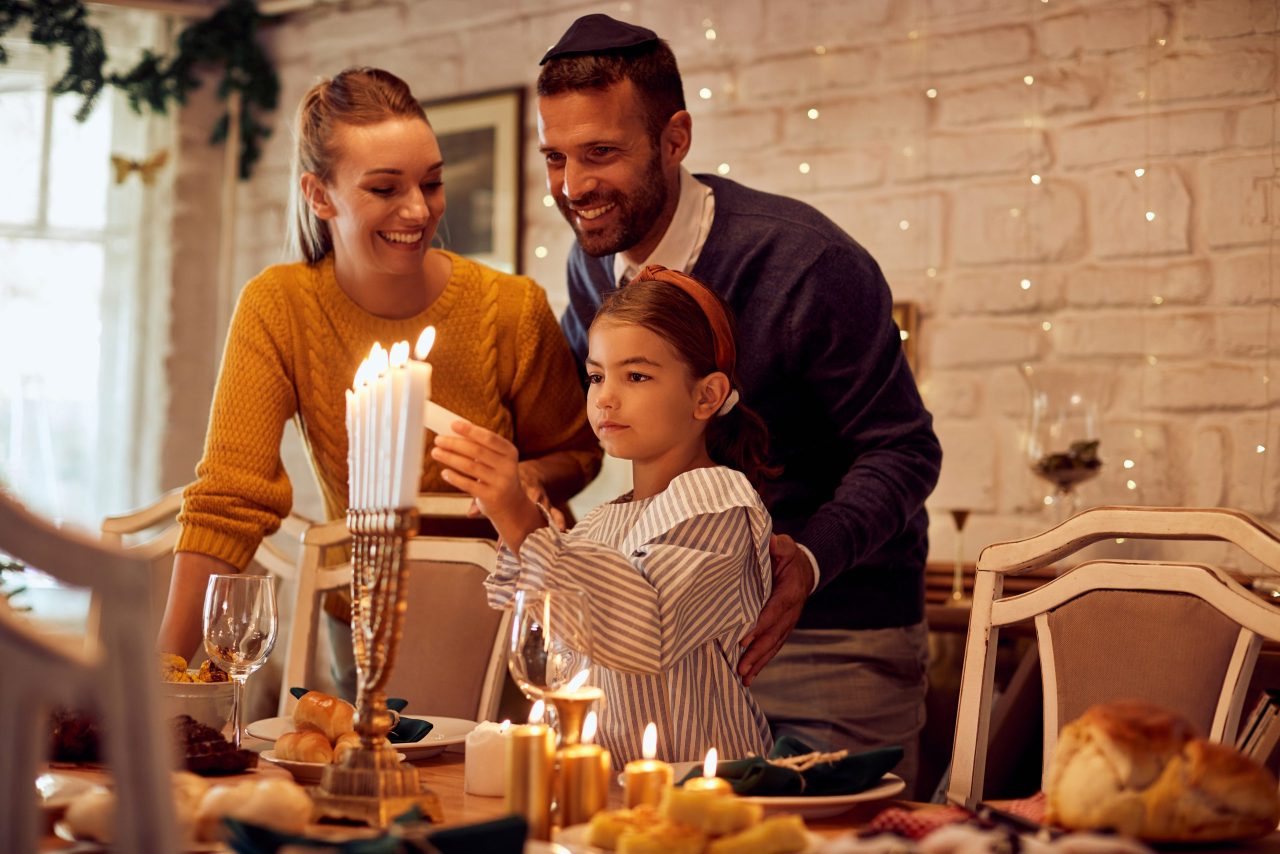
Jødisk familie med mor, far og datter tenner en åttearmet lysestake som står på et festpyntet bord.
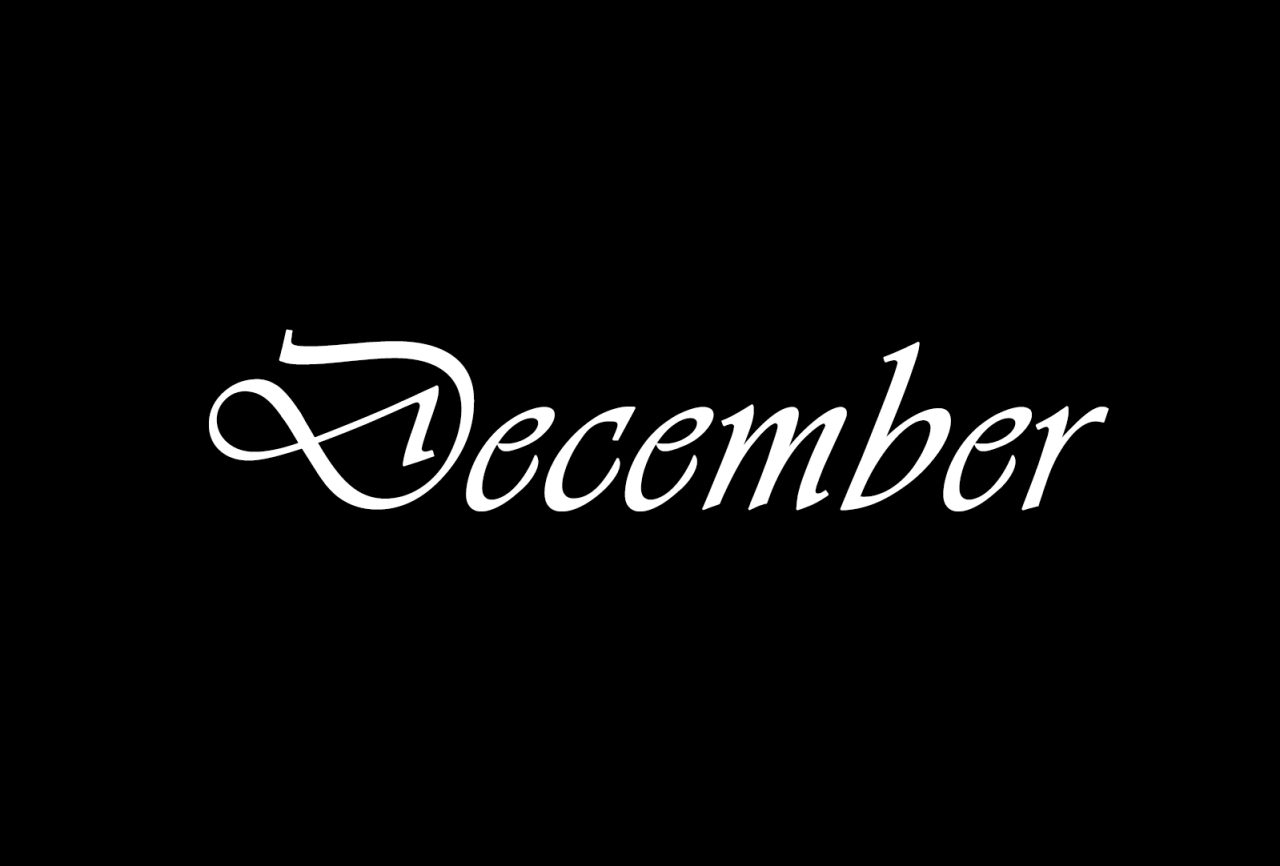
The month December written in white on a black background
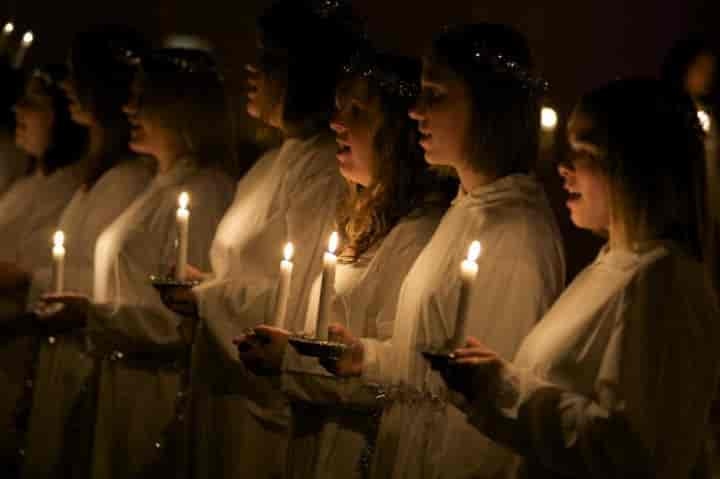
Mange jenter som står ved siden av hverandre med tente lys og synger for å markere Luciadagen.
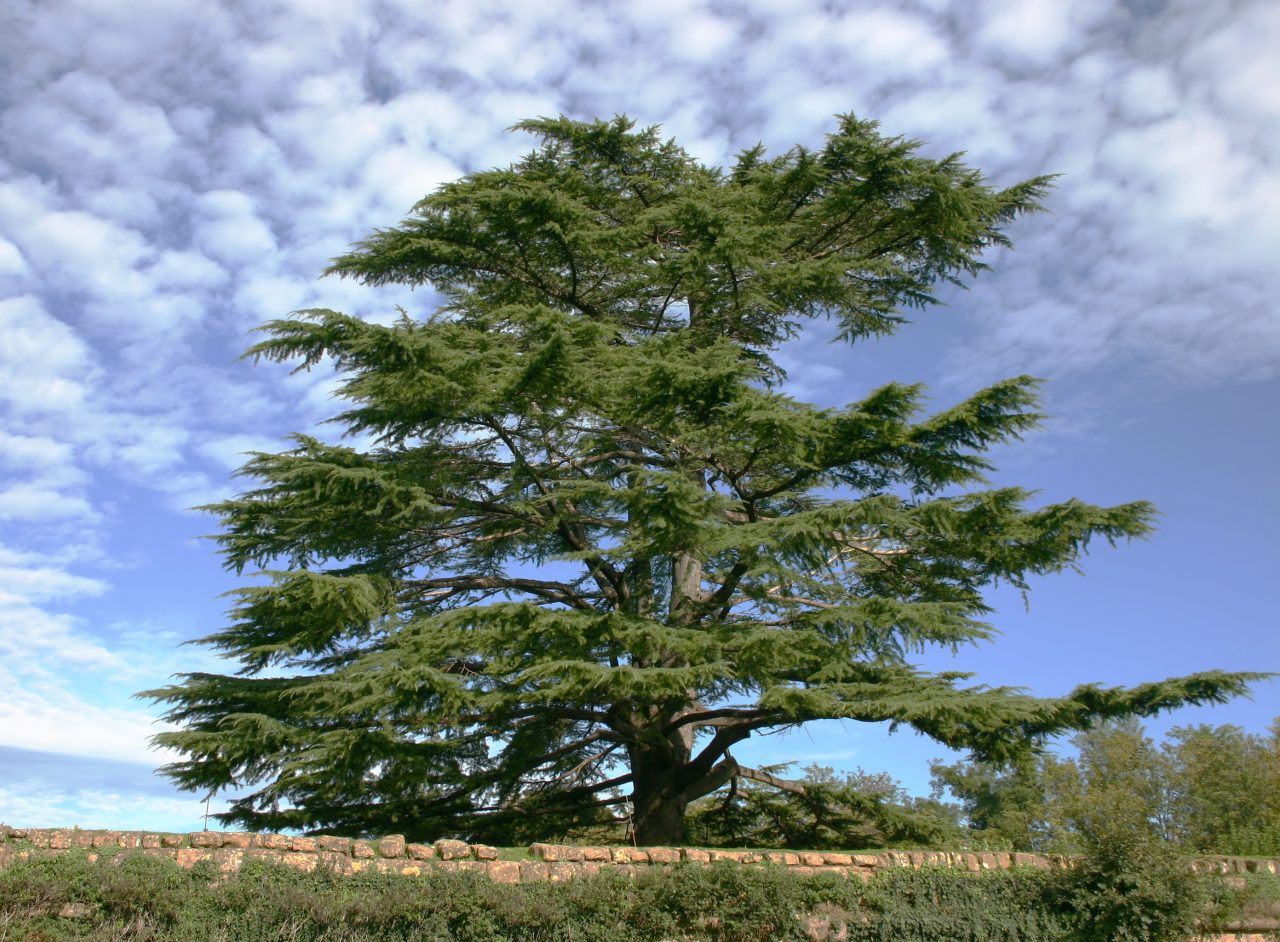
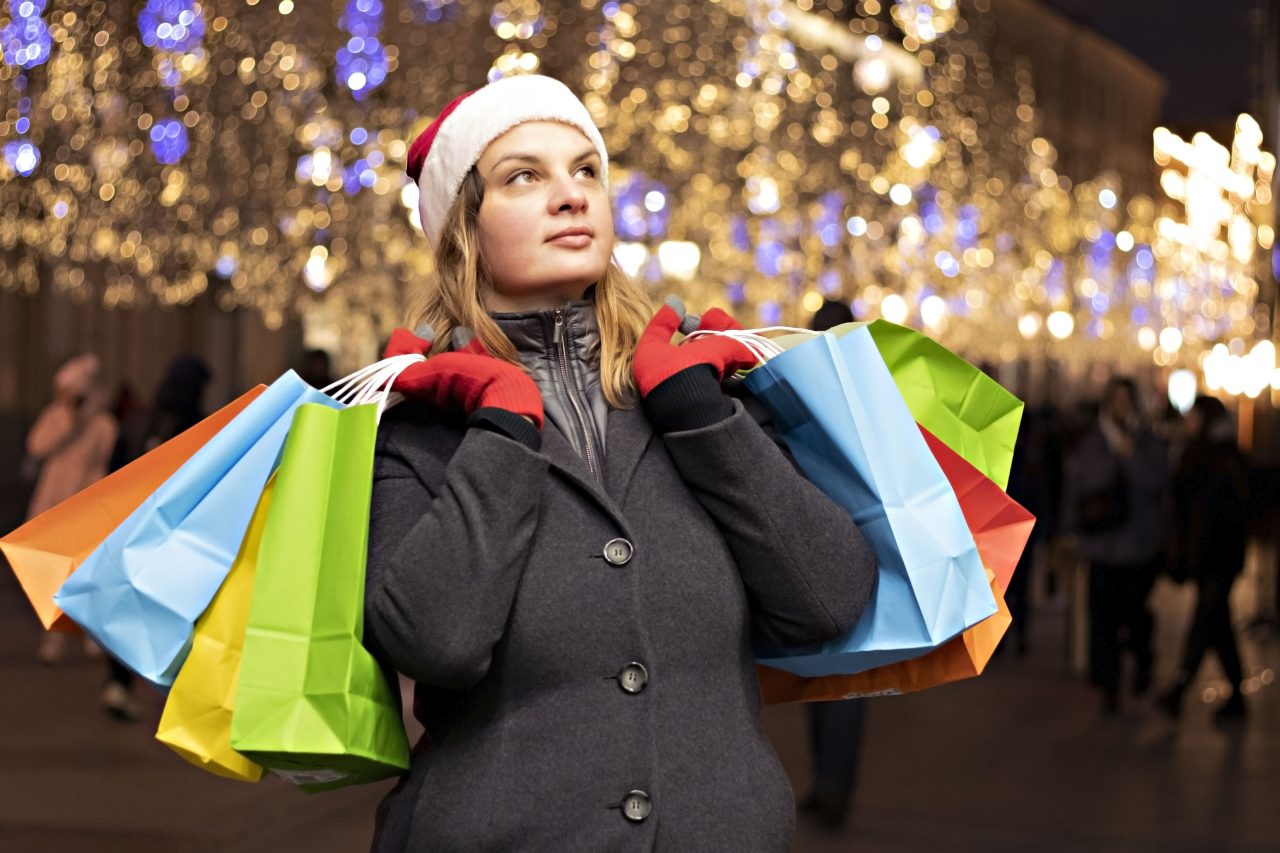
Dame med rød nisselua holder mange handleposer i hendene sine foran et opplyst shoppingsenter.
Kwanzaa
Kwanzaa is celebrated for seven days between 26 December and 1 January. Kwanzaa is a newer, non-religious celebration that mostly takes place in America. The celebration is meant to give African-Americans a closer connection to their African culture. Families and communities organise activities, dance, music and poetry.
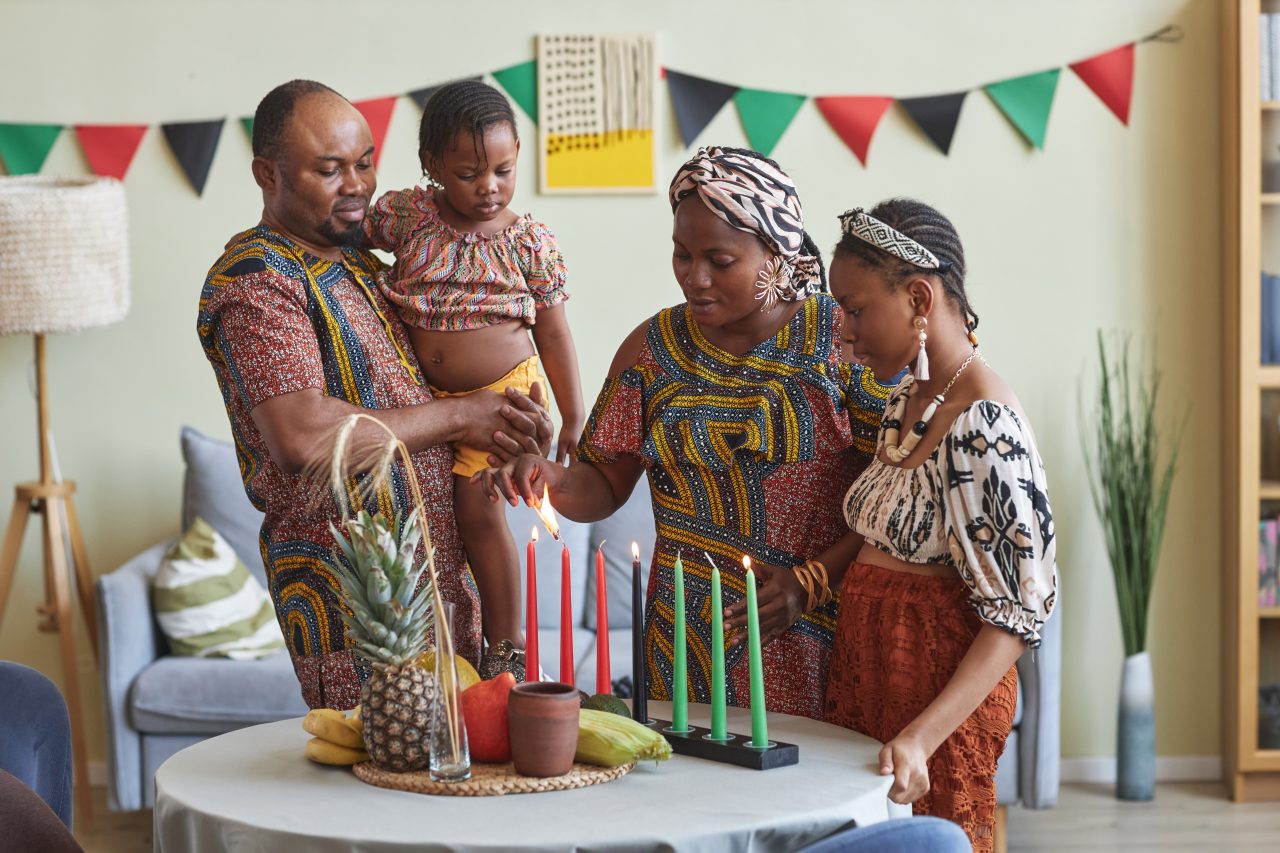
Afrikansk familie med to voksne og to barn feirer Kwanzaa og tenner syvarmet lysestake med røde og grønne lys.
New Year’s Eve
The celebration of New Year’s Eve is one of the oldest celebrations, and takes place all across the world. Different religions and cultures may have different dates for New Year’s celebrations, but a common characteristic of the various celebrations is that the New Year’s celebration marks the transition into a new year. Friends and family gather for festive meals and magnificent firework displays often mark the entrance into the new year itself.
Sources:
Media rights:
-
-
Getty Images
-
Getty Images
-
Getty Images
-
Getty Images
-
Getty Images
-
Getty Images
-
Getty Images
-
Getty Images
-
Getty Images
-
Getty Images
-
Getty Images
-
Getty Images
-
University Communications CC BY NC ND 3.0
-
Getty Images
-
Getty Images
-
Getty Images
-
Getty Images
-
Getty Images
-



